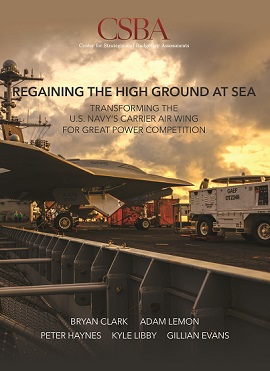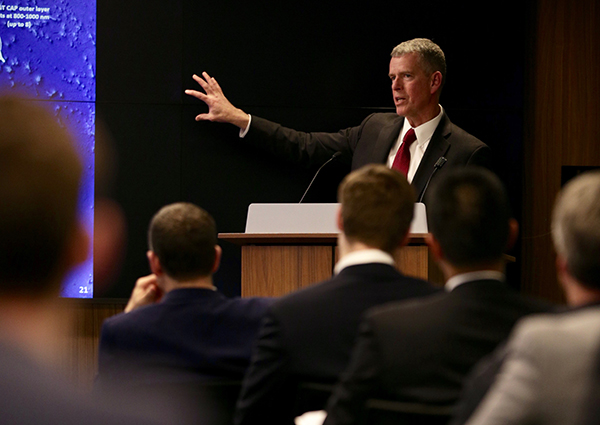
Started as an experiment in scouting for battleships and cruisers, naval aviation has grown during the last century into the primary offensive arm of the U.S. Navy and the centerpiece of the American fleet. As arguably the ultimate modular military platform, aircraft carriers exploited the diversity of naval aircraft to address emerging threats and opportunities by changing the size and mix of aircraft in their carrier air wings (CVW). Without the ability to evolve and support new missions, carriers and their aircraft would likely have gone the way of the battleship and left the fleet decades ago.
Today the Navy needs to transform its CVWs to counter the challenges posed by great powers like China and Russia and implement new defense and military strategies. During the quarter century since the end of the Cold War, carrier aviation emphasized cost-effectiveness and versatility because the United States did not face a peer adversary. Today’s carrier aircraft, however, lack the range, endurance, survivability, and specialization to carry out the operational concepts needed to defeat great power militaries. If the Navy is unable to transform its carrier air wings, Navy leaders should reconsider whether to continue investing in carrier aviation or shift the fleet’s resources to more relevant capabilities.
This report examines trends in U.S. strategy, capabilities, and threats between now and 2040 to describe the operational concepts CVWs will likely need to use in the future, as well as the implications for how CVWs should evolve during the next 20 years. The 2040 timeframe was chosen because new capabilities developed now could be fielded in operationally-relevant numbers by that year. 2040 is also approximately when the F/A-18 variants that comprise all the tactical aircraft in current CVWs will have retired, requiring the Navy to consider today what will replace them.

































